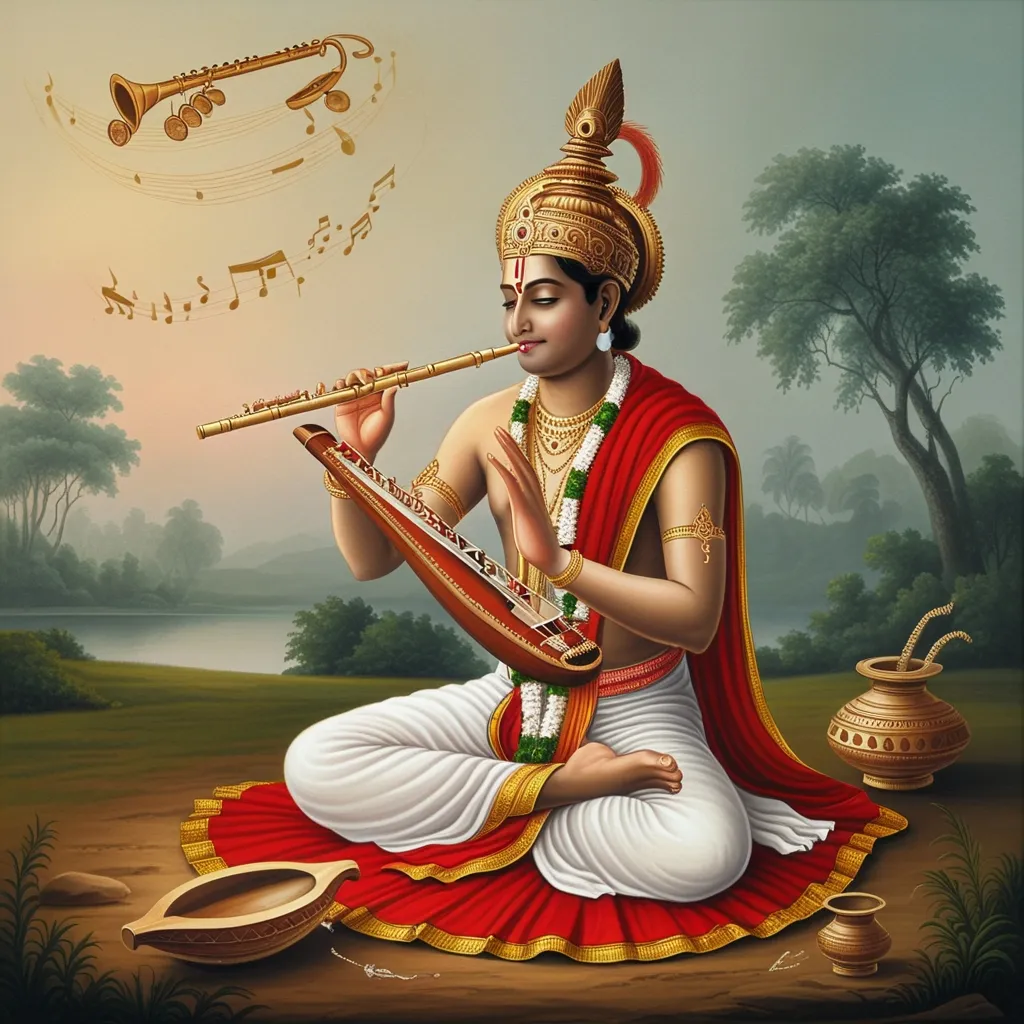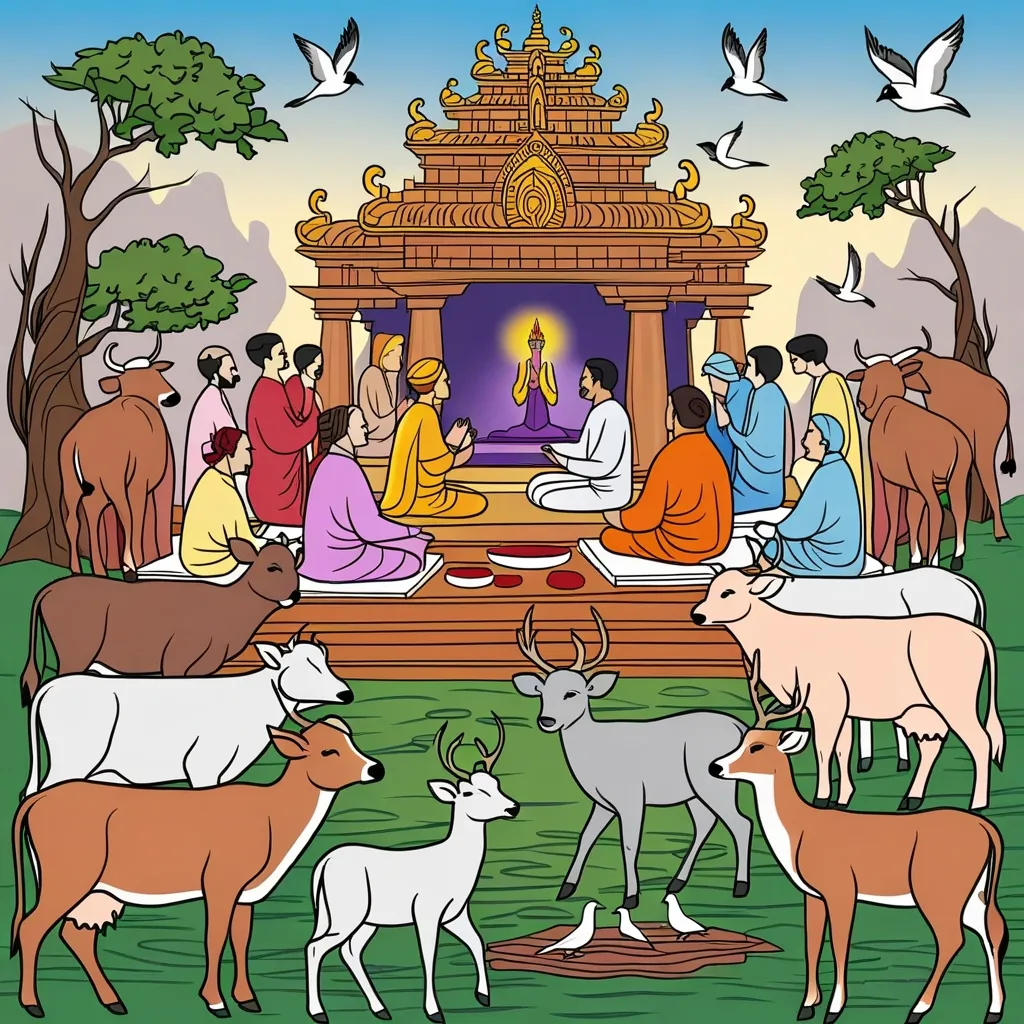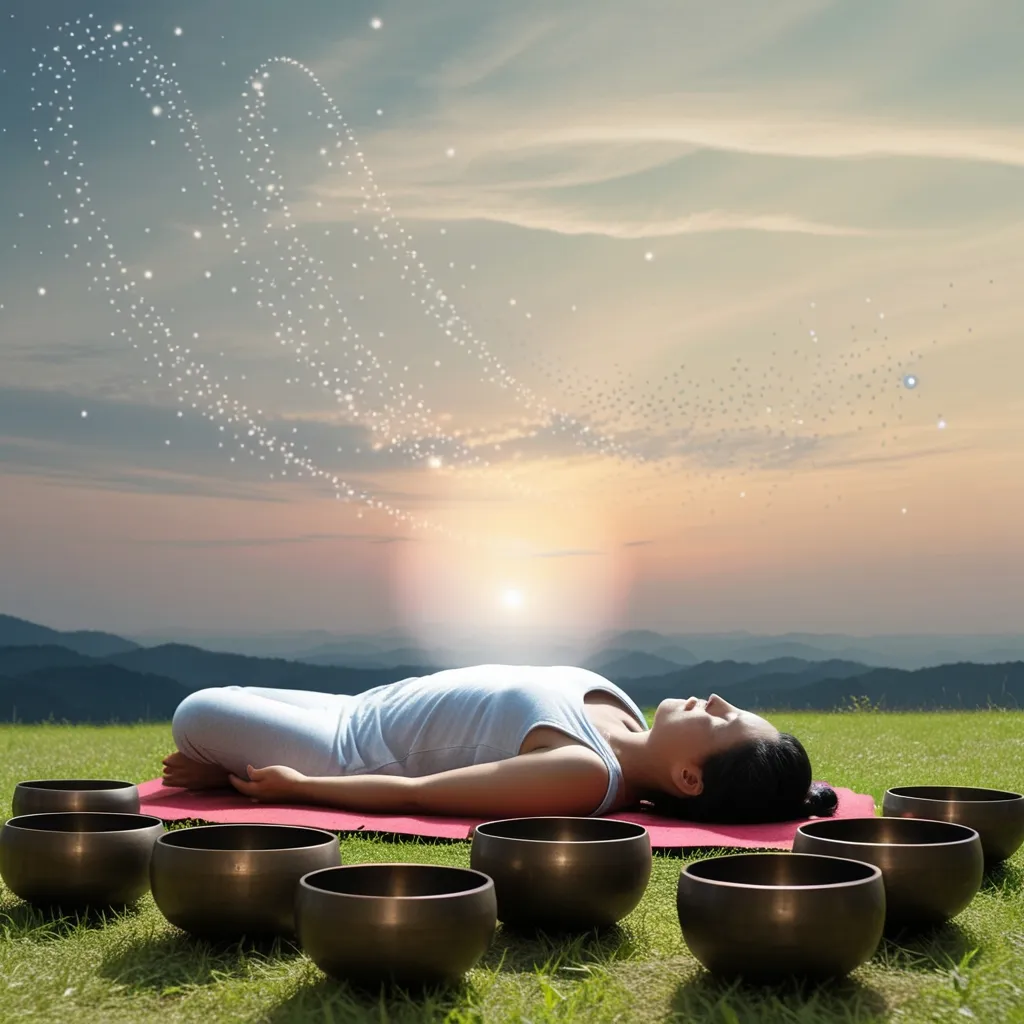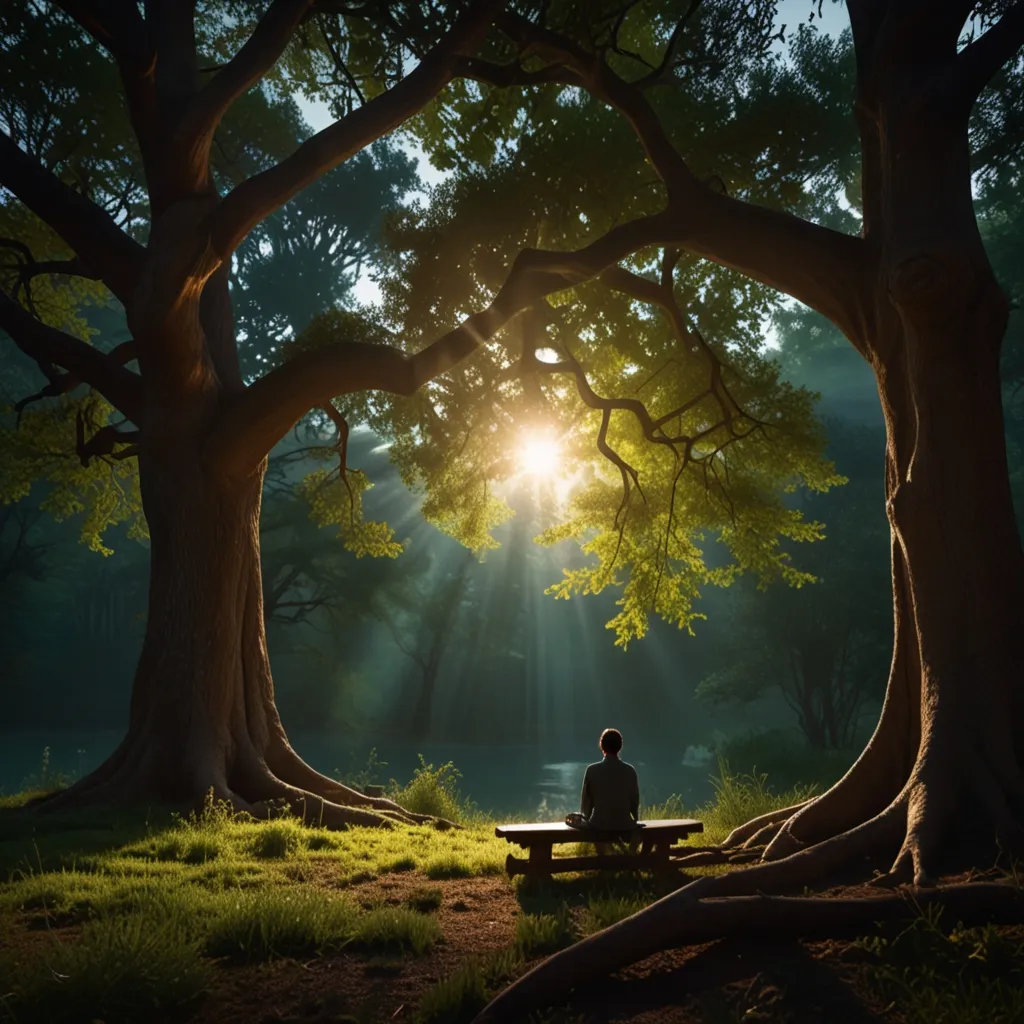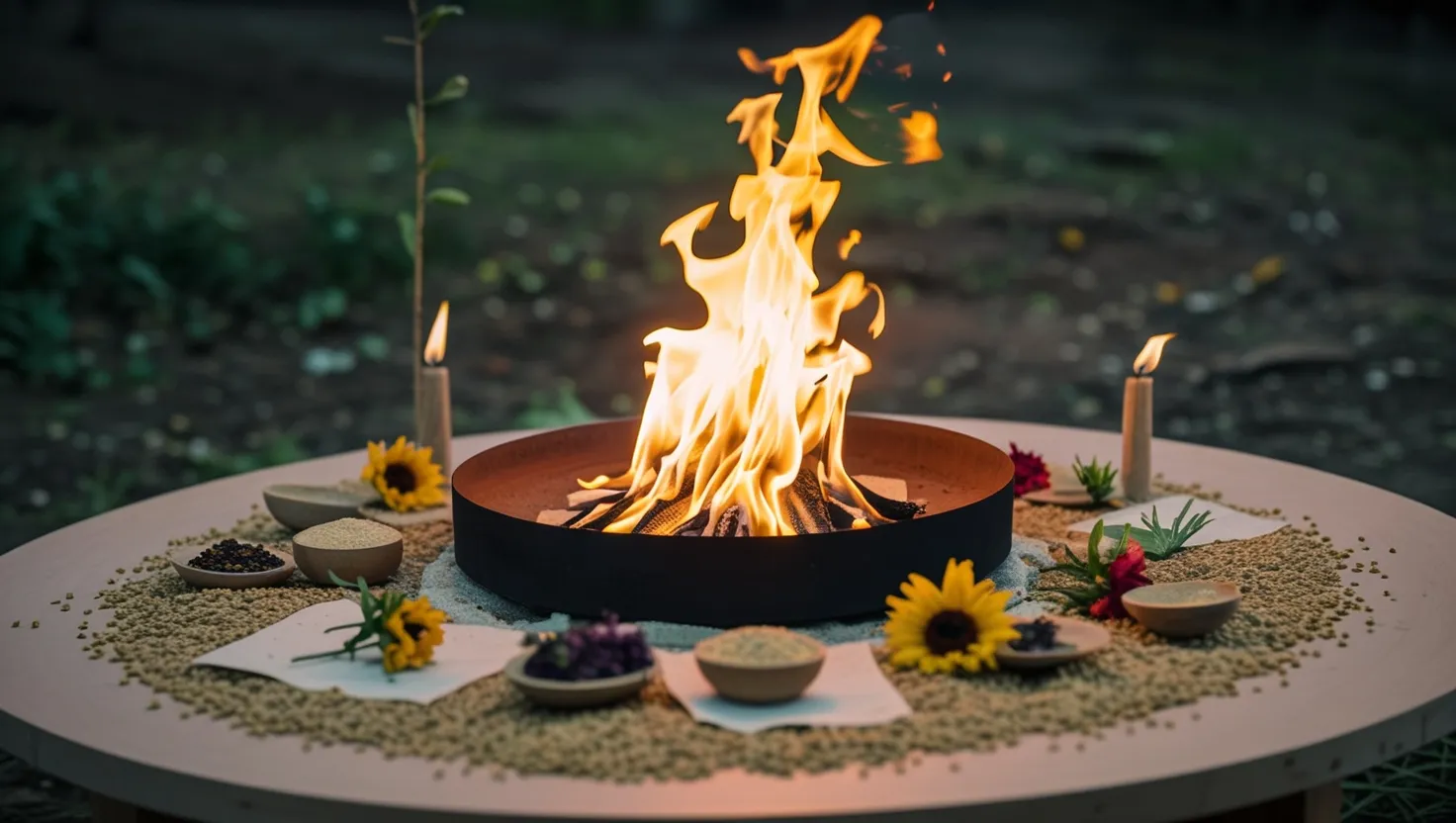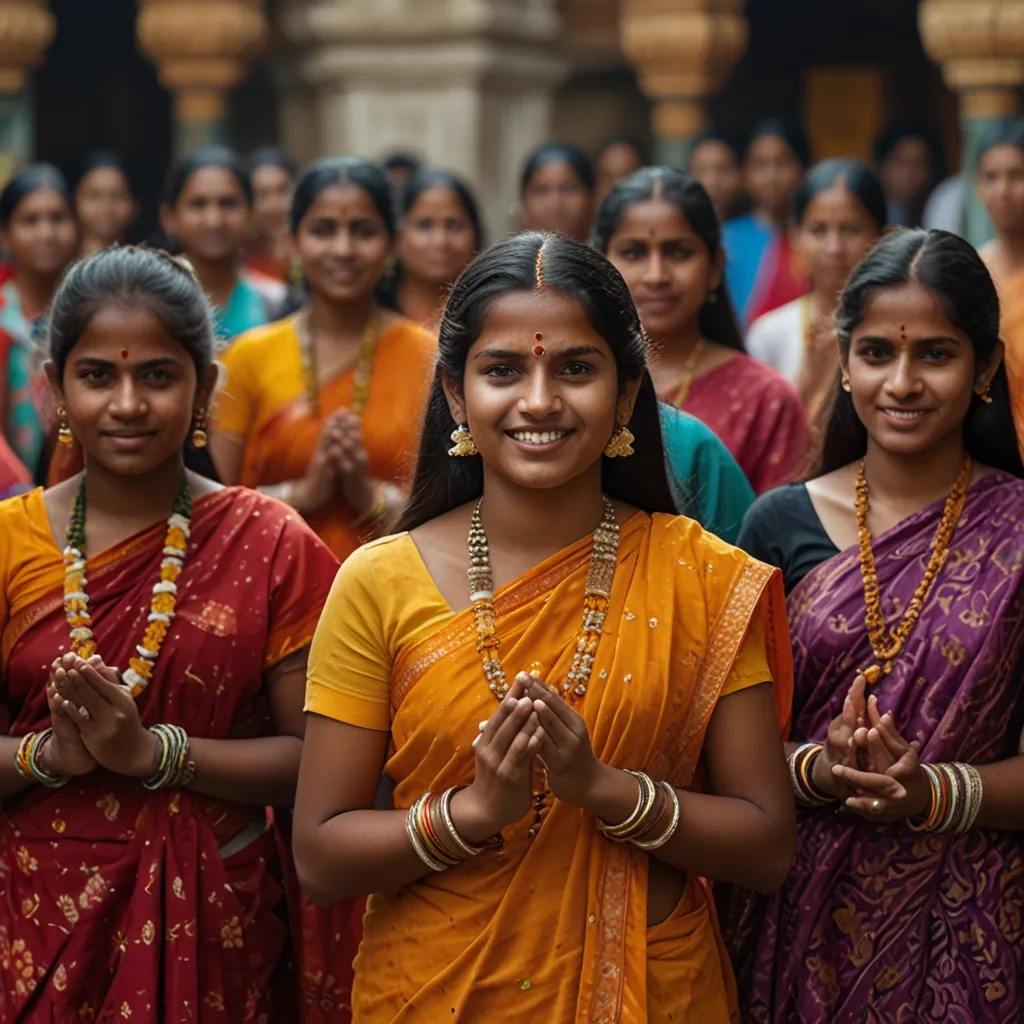The Samaveda is like a musical treasure chest that’s been around for thousands of years. Imagine, something so ancient and sacred still playing a huge role today! It’s one of the four Vedas, the ancient texts of Hinduism, and often gets called the “Veda of Music,” which gives quite a clue about its significance. This isn’t just about words laid down as hymns; it’s about melodies and tunes that have seeped into the very fabric of Indian music we hear today.
Wind the clock back to between 1500 and 500 BCE, and that’s when the Samaveda came into being. It’s deeply woven into the Vedic literature, which is foundational to Hinduism. What’s fascinating is how it took the Rigveda’s words and breathed musical life into them. Sound and rhythm weren’t just art; they held religious importance back then. “Sama” actually translates to “melody,” which is pretty fitting when thinking about its focus on musicality. These weren’t just songs but an essential part of rituals and sacrifices that were important to early Hindu religious practice.
The beauty of Vedic music, as shown in Samaveda, is in its structured simplicity. It’s not like today’s music where many instruments might play along. Back then, it was all about one voice, a single melodic line. But don’t let the simplicity fool you. These melodies created an atmosphere that helped with meditation and worship. They used a seven-note scale, kind of like what you’d hear today in a diatonic scale but with unique tones. Each note, called “svara,” had to be spot-on. Then there was the rhythm pattern, or “chandas.” Each chant had its metrical pattern, which influenced the mood and energy of the music.
The ancient world was mostly about the voice, but instruments joined the party too. The veena, a stringed instrument, was quite popular and is still a big name in Indian music today. Other tools included drums like the dumdum and wind instruments, such as the flute and conch. The performances were usually by priests during rituals, not just as entertainment but as profound acts of worship. The sound was believed to form a bridge between the earthly and divine realms, tapping into something beyond human understanding.
The Samaveda’s influence on Indian classical music is like an unending ripple. The concepts of “raga” (a melody framework) and “tala” (a rhythmic cycle), which are at the heart of Indian classical music, have their roots here. It’s like the Vedic era laid down a blueprint for musicians who came later, ensuring that every note and rhythm carried emotional weight. The spiritual depth they explored is still a guiding star for musicians today, who see music as more than just notes but as a divine calling.
The world of Indian classical music has danced through time, flavored by various cultural currents. Ancient music branched out into Gandharva, the formal ceremonial style, and Gana, more for laid-back entertainment. The structured melodies of Samaveda were like the seeds that led to these musical blooms. As time marched on, texts like Natya Shastra and Sangita Ratnakara crafted more music theory, with octaves, keys, and raga classifications. A musical map was being drawn that would help navigate future musical landscapes.
During medieval times, history and music intertwined in intriguing ways. The Persian influence during the Mughal era added new layers to the growing tapestry of Indian music. Over time, Indian music split into Hindustani, the northern genre, and Carnatic, the southern one. New music forms like Dhrupad and Khayal took shape, with Thumri adding another dimension. Even under British rule, when patronage waned, Indian music didn’t fade away. Instead, musicians like Vishnu Digambar Paluskar and Vishnu Narayan Bhatkhande revived its spirit, steering it into the public’s heart. Later, maestros like Ravi Shankar took this cultural jewel global, sparking interest far beyond India’s borders.
Fast forward to our world today, and the Samaveda isn’t just a relic preserved in ancient texts. It’s vibrant, alive, and cherished through study and performance. Thanks to modern tools, such as festivals and online platforms, these ancient chants are within reach, spreading their meditative vibe to a global audience. They don’t just sit in the realm of music but are intertwined with modern wellness practices like yoga. The meeting of melody and spirituality creates art that’s as scientific as it is soulful, continuing to be a wellspring of inspiration for new generations.
Despite the wear and tear of time, the Samaveda’s legacy is being protected with concerted efforts. Originally, there were 13 branches of this musical Veda, but only four remain today. Yet, passionate researchers and practitioners are keen to master what’s left, exploring its depths and expanding its reach. Concepts like “centonisation,” grouping musical phrases in the Samaveda Samhita, highlight the tradition’s complexity and creativity. Delving into this musical system enriches the understanding of early Hindu culture and spirituality, offering bountiful resources for modern music and spiritual paths.
Overall, the Samaveda stands as a testament to India’s cultural richness, with its notes and rhythms echoing through the corridors of Indian classical music. Its ancient melodies are not just sounds of the past but notes that resonate with contemporary significance. They influence and inspire music and spiritual practices worldwide. The Vedic link between sound and spirituality showcases the timeless power of music in the human experience, connecting hearts and minds across centuries.
